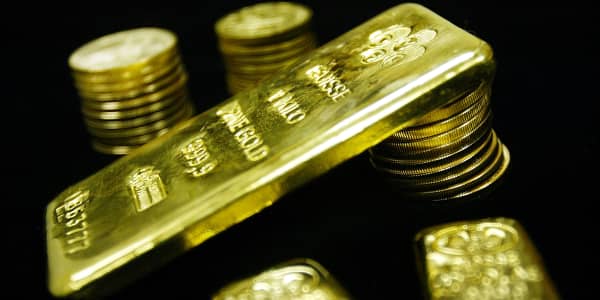Exchange-traded funds are expanding their quest to take over the investing world.
The $2.1 trillion industry already has set a record in 2015 for fund creation with 2½ months to go. Some 231 new funds have been added as of Wednesday to the increasingly diverse stable of vehicles that look like mutual funds but mostly follow indexes and can be traded like stocks.
That total is more than the 202 ETFs created in all of 2014 and represents 38 percent growth from the same period last year, at which time there had been 167 new funds created, according to ETF.com.
The total number of ETFs has grown 7.8 percent in 2015, while assets under management have risen 5 percent, with net inflows of $214.6 billion, according to XTF.com.
The growth of ETFs has taken a bite out of the competing mutual fund industry, which generally features actively managed funds with higher fees. Mutual fund assets excluding money market funds stand at $12.9 trillion, down 4.8 percent from a year ago, according to the Investment Company Institute. That decline has come even though the total count of funds is up 2 percent from a year ago to 8,044.

There have been some notable new ETF entrants this year, in particular bond guru Jeff Gundlach's DoubleLine Total Return Tactical fund, which quickly attracted $1.3 billion in assets. That pales in comparison with the industry's leaders, like the SPDR S&P 500, which has nearly $172 billion under management, or even the largest bond fund, the $27 billion , but its growth is remarkable.
Read MoreIs this the world's most crowded trade?
But it's also been a year where the trend toward more exotic funds has flourished as well.
The hottest, relatively new product is one that has helped investors hedge against a volatile currency market, which has been shaken up by global forex devaluations that have contrasted against a rising U.S. dollar. Two such funds, the WisdomTree Europe Hedged Equity and the Deutsche X-trackers MSCI EAFE Hedged Equity, are the top two for inflows in 2015, collectively pulling in nearly $28 billion in investor cash.
Currency hedging's popularity helps explain the industry's growth in a broader perspective.
The field already is crowded with plain-vanilla offerings like the aforementioned SPDR, or SPY, fund, that either track the broader market or the main sectors within. Consequently, fund managers are looking for more focused products that can give investors plays on everything from market volatility to smart beta to managed futures and more.
"The ETF industry knows they have to break away from offering only low-fee solutions," said Nick Colas, who follows the sector closely as chief market strategist at New York-based brokerage Convergex. "They have to offer some innovation as well."
One such innovative product that just came on line this week is the Loncar Cancer Immunotherapy fund, the components of which are companies that have had a cancer immunotherapy drug approved either in the U.S. or Europe. The fund began trading Wednesday and had a solid opening but was down sharply Friday and showed that in addition to there being a smartphone app for virtually every occasion, there also is an ETF for pretty much any investing need.
Colas said the industry is going to have to sort out the funds that get carried away with innovation.
"From my perspective, we're already there. There are already ETFs out there that proved they are too specialized or too nichey," he said. "It's an ecosystem. You have things born every day and things that die every day and you have things that wither on the vine every day. It's very much survival of the fittest."






